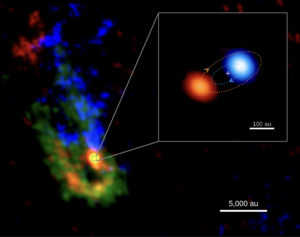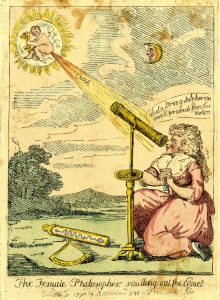Here are a few sky markers that can help you orient yourself relative to our position in the Milky…
Select :
asteroid collisionasteroidsastronomical distance scalesatomsbig bangblack holesbright lights in the skybrown dwarfcareerscelestial eventschecker cabscometsconstellationscosmic distancescosmic microwave backgroundcosmic rayscosmologydark energydark matterdwarf planeteartheclipseeclipticeducationexoplanetsexpansion of the universegalaxiesgeneral relativitygravitational lensgravity wavesGreat Red SpotHoaxesHubble Space Telescope (HST)Interferometerinterferometryinterstellar moleculesionosphereJupitermagnetarsmarsmeteorsMH370milky wayMilky Way Galaxymoleculesmoonmoonsneutron starneutron starsNibirunight skyparallaxphysicsplanetsplutoproperties of lightPtolemypulsarsquasarsradar astronomyRadio Astronomyradio frequency interferenceradio interferometersradio recombination line emissionRadio TelescopeSatellite DishSchwarzschild Radiusscientific methodsearch for extraterrestrial intelligenceSETIsolar systemspace probesspacecraftstar formationstarssunsupernovasupernova remnantssupernovaetelescopestime dilationTrans Neptunian Objectstwin paradoxunexplained celestial observationsVenusVery Large ArrayVery Long Baseline Array (VLBA)Voyager 1weather


Bright Light in the S/SW From Atlanta GA?
This is a pretty rich part of the sky since one is looking pretty much right toward the center…

How Did Erathosthenes Know when it was Noon in Alexandria When he Measured the Earth’s Circumference?
Hello Oscar, Eratosthenes actually measured the length of the shadow of a vertical pole in Alexandria when the Sun…
Is the Southern Cross Visible from Panama in Late October 2018?
Question: We will be visiting Panama at the end of October. Will we be able to see the Southern…
Where Can I View Neptune When It Reaches Closest Approach to Earth in September 2017?
Question: I wanted to inquire about Neptune’s close approach to Earth on September 5th of this year. From the…
Atmospheric Phenomena that Produce What Appears to be Multiple Suns
Question: Can you please explain how we can see what appears to be two separate suns in the sky,…





